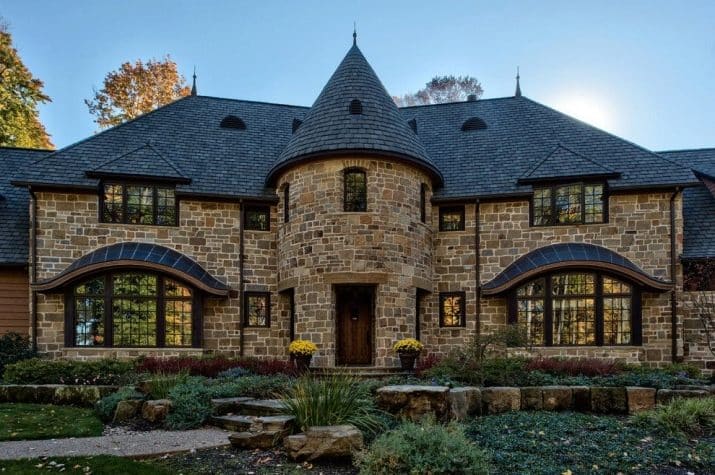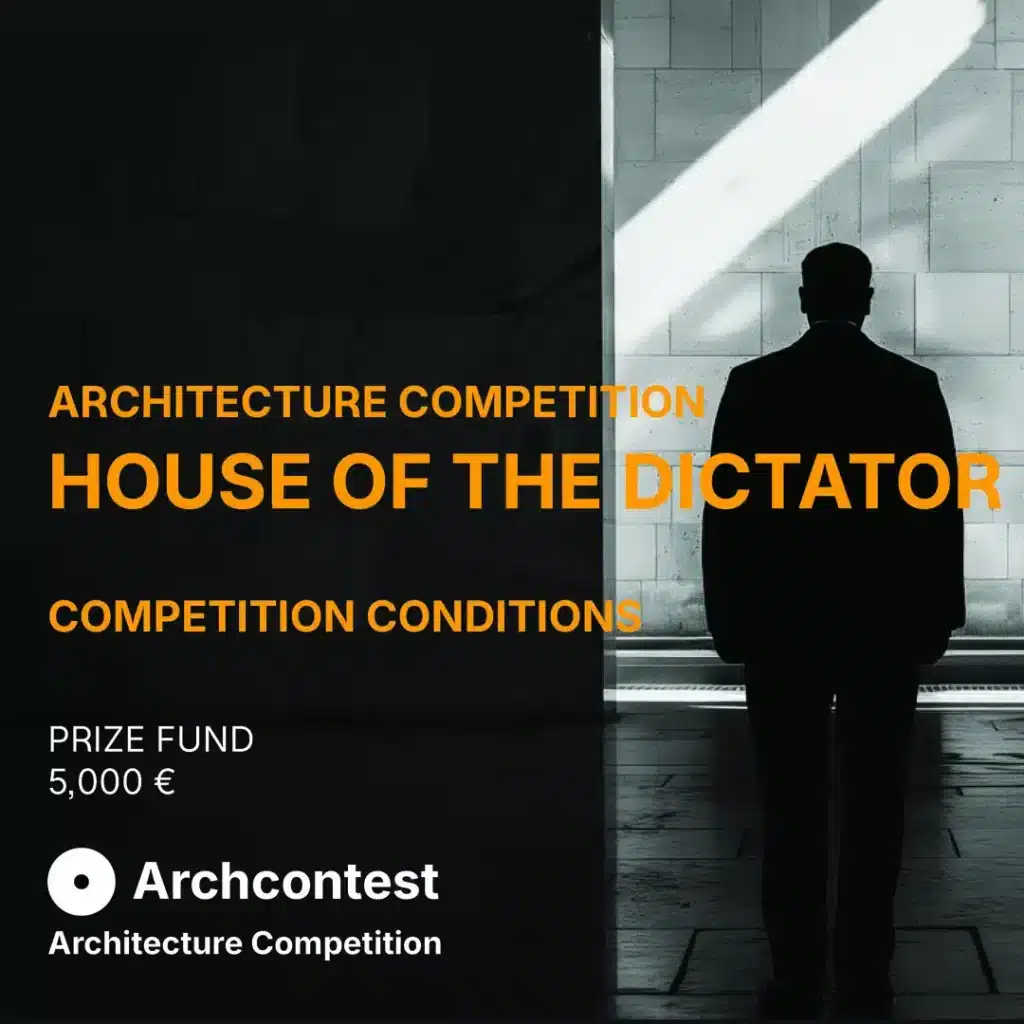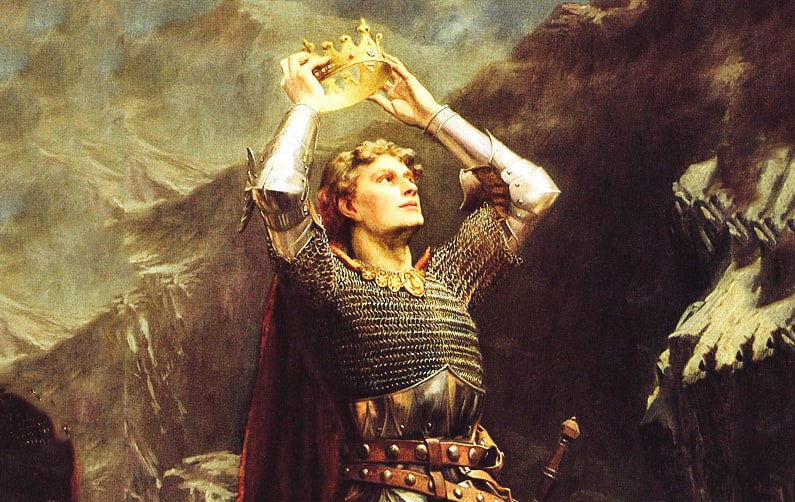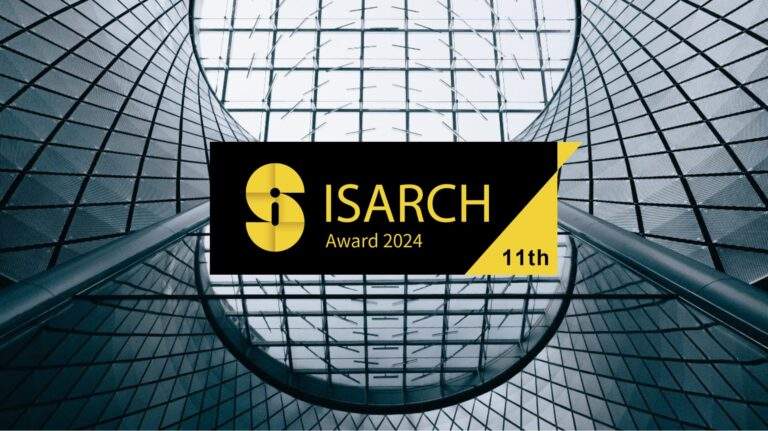What does “The House of the Dictator” symbolize? Is it merely a residence, or is it a reflection of absolute power exercised behind its walls? How can architecture reveal the inner contradictions of someone who holds limitless authority, yet lives in isolation and constant fear? These are the core questions posed by the global competition House of the Dictator , which invites architects to rethink the relationship between power and space.
In this article, we will explore the competition from both architectural and philosophical perspectives, covering:
- The concept and intellectual background of the competition
- Architectural and philosophical challenges in designing the house
- Timeline and prizes
- ArchUp’s opinion, analysis, and critique

The Concept and Intellectual Background
The House of the Dictator is not just an architectural design challenge—it’s a conceptual project that explores the relationship between the individual and power. It raises the fundamental question: What happens when a home becomes a place of fear rather than safety? And how do these dynamics translate into architectural form?
The competition aims to encourage participants to think about how power affects the human psyche and how such internal conflicts manifest spatially. It also opens the door for deeper human reflection: Can a dictator have a heart? Can the person who owns everything be the loneliest of all?

Architectural and Philosophical Challenges
Designing the House of the Dictator is not only a technical challenge but also a philosophical test for architects. The design must reflect:
- Power : Through exterior form, materials used, and spatial organization.
- Isolation : Through room layout, window orientation, and even lighting.
- Human vulnerability : Through personal spaces that show an unexpected emotional side.
Notably, the competition imposes no material or geographical constraints, allowing great creative freedom. However, this very freedom can be a burden, requiring a clear vision and a strong intellectual stance on the theme of power and the individual.
Timeline and Prizes
| Milestone | Date |
|---|---|
| Competition Launch | January 20, 2025 |
| Registration Deadline | May 22, 2025 |
| Submission Deadline | May 25, 2025 |
Registration fees vary depending on the registration period:
| Registration Type | Fee (Euro) |
|---|---|
| Early Registration (Jan 20 – Feb 20) | €60 |
| Regular Registration (Feb 21 – Apr 21) | €90 |
| Late Registration (Apr 22 – May 22) | €120 |
Prizes are as follows:
| Prize | Amount (Euro) |
|---|---|
| First Place | €2,500 |
| Second Place | €1,500 |
| Third Place | €1,000 |

ArchUp Opinion, Analysis, and Critique
ArchUp finds the idea of the competition intriguing and worthy of appreciation for its deep intellectual dimension. However, there are two aspects that require constructive criticism:
Strengths:
- Encourages architects to think philosophically and socially.
- No physical constraints allow full creative freedom.
- Focuses on the hidden human side of power.
Weaknesses:
- Lack of clear ethical or social guidance in addressing the figure of the dictator. Is the dictator presented as a figure deserving understanding or one needing analysis?
- Ambiguity in evaluation criteria, especially regarding “philosophical depth.” How can this be measured objectively?
- High registration fees, particularly in the late registration phase, may prevent some talents from participating.
Frequently Asked Questions (FAQ)
| Question | Answer |
|---|---|
| What is the goal of the competition? | To encourage deep thinking about the relationship between power and space through architectural design. |
| Are there any geographic or cultural restrictions? | No, the competition is open globally with no specific site or cultural limitations. |
| Is modern technology or futuristic material allowed? | Yes, the competition welcomes innovative ideas without restrictions. |
| Can teams participate? | Not specified officially, but similar competitions are typically individual unless stated otherwise. |
| Should the design be practical or focus more on philosophy? | A balance between the two is expected, integrating functionality with philosophical expression. |
Summary Table of Key Points
| Main Point | Details |
|---|---|
| Competition Name | House of the Dictator |
| Objective | Explore the relationship between power and private space through architecture |
| Design Nature | Open-ended, no material or cultural restrictions |
| Evaluation Criteria | Innovation, philosophical depth, aesthetic value, functionality |
| Prizes | Cash awards up to €2,500 |
| Target Audience | Architects, students, designers |
| ArchUp Perspective | Unique idea requiring better criteria clarity and fee reduction |
This concludes our exploration of The House of the Dictator from multiple angles. It is a call to examine human nature behind the doors of power and perhaps understand that even the strongest individuals may feel the deepest loneliness within their own homes.







